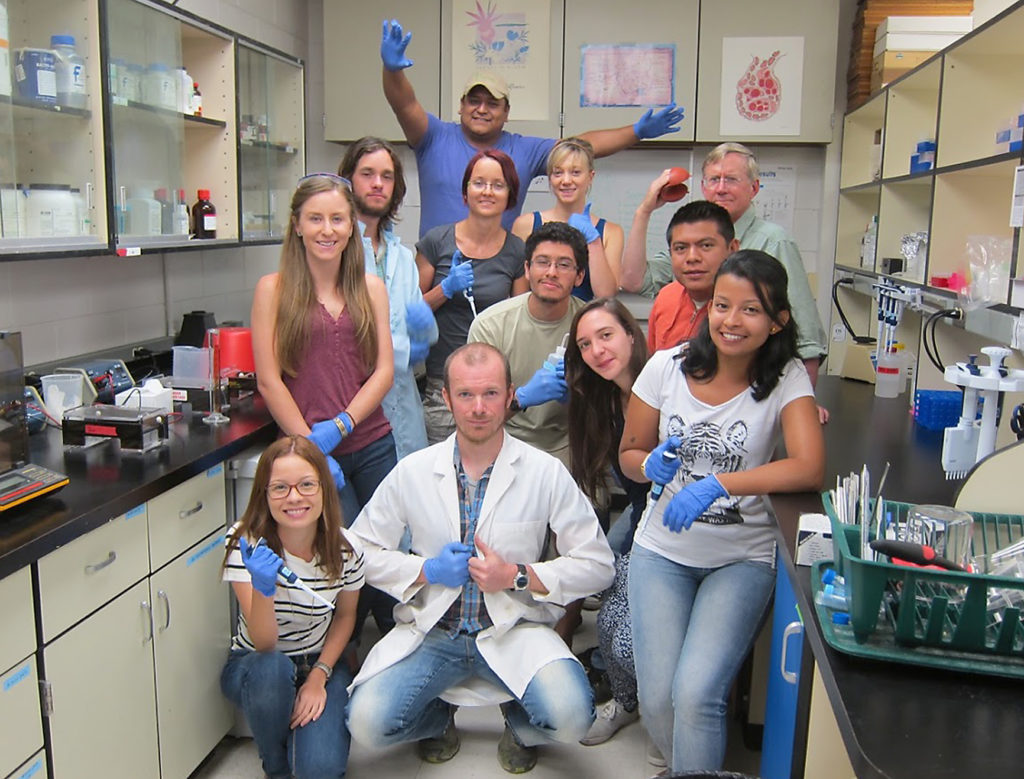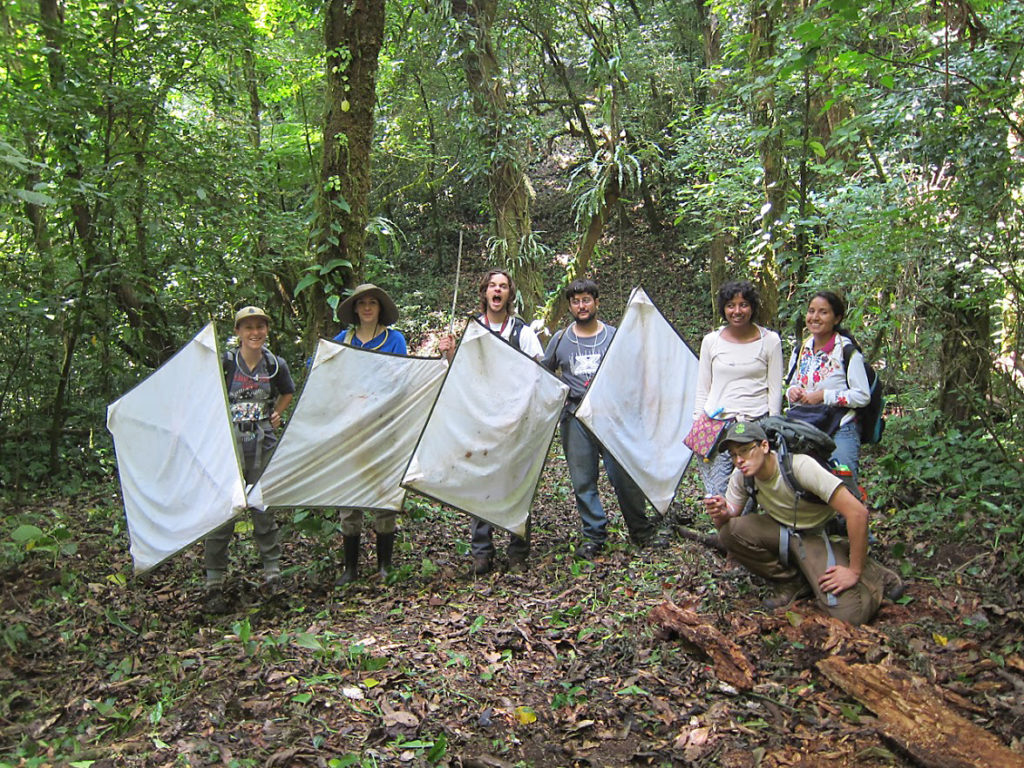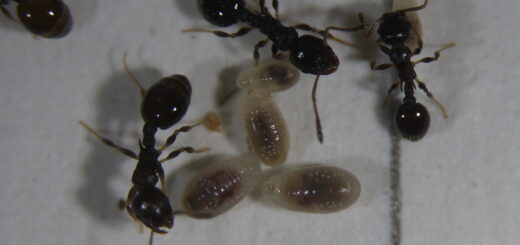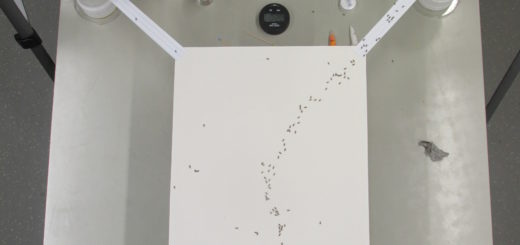Ants of the MesoAmerican Corridor (ADMAC)
ADMAC (Ants of the MesoAmerican Corridor) is an NSF-funded project to better understand
A Photoblog contribution compiled by John (Jack) Longino

ADMAC has been applying phylogenomic methods that use Ultra-Conserved Elements (UCE; a region of DNA that is identical in at least two different species) to reveal phylogeny and species boundaries in a broad range of ant genera: Adelomyrmex, Belonopelta, Cryptopone, Hylomyrma, Perissomyrmex, select groups of Pheidole, Ponera, Pseudomyrmex, Rasopone, Rogeria, Stenamma, Syscia, and Temnothorax. We have also facilitated others’ work on Apterostigma, Fulakora, Gnamptogenys, and Prionopelta. The focus has been on mature wet forest habitats over the full range of elevations in which ants occur.

Both ADMAC and LLAMA have involved field expeditions in which international teams of students, mostly undergraduate level, have carried out a quantitative sampling protocol at multiple sites. Over the life of both projects, Michael, Phil, and I have sampled in Mexico (Veracruz, Oaxaca, and Chiapas), Guatemala, Honduras, Nicaragua, and Costa Rica. We have always worked with local universities and institutions, gaining new professional connections, collaborators, and friends. Field expeditions have involved driving, boating, and hiking to remote sites, setting up field camps, taking hundreds of Winkler samples of sifted litter, setting up malaise traps, baiting for ants, and beating vegetation. Expeditions always end with a 10-day sample-sorting party at our host institution.



A major focus has been on the evolution of montane specialization. We have shown that ants in general have relatively narrow elevational preferences, and there is strong species turnover as you gain elevation. Michael has led the development of molecular tools for the project, which have revealed the “who, where, and when” of such specialization.

Brian Fisher has been a constant collaborator through his management of AntWeb. All the project collections and specimen data are posted on AntWeb. A product that may not be widely known is that the project websites have species lists for every site we visited. These species lists are linked to AntWeb species or specimens.
Not enough? Check out their websites:





Recent Comments